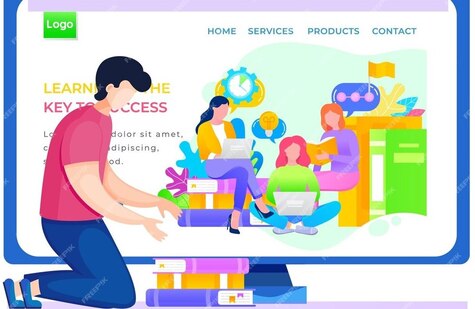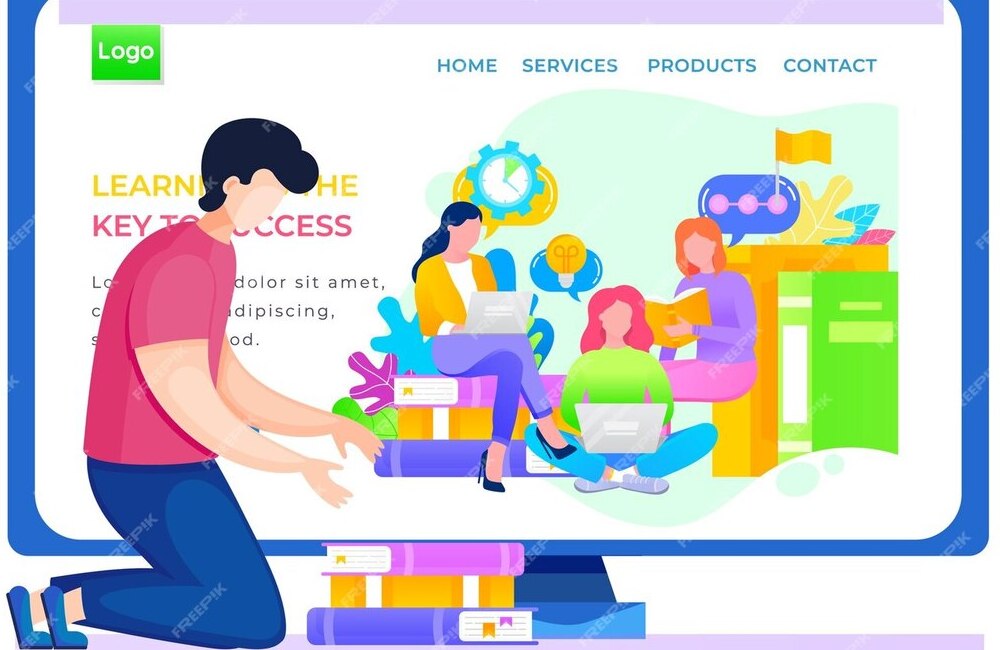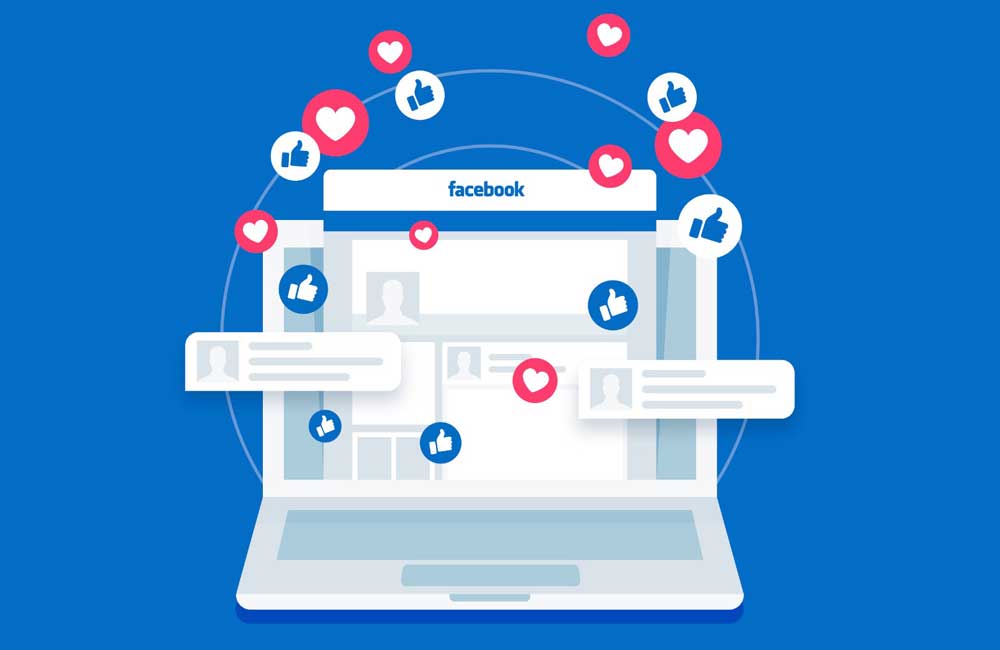Having an online presence for businesses is no longer an option; it is more of a requirement these days. Social media is used by businesses of all sizes to increase their online presence, get followers, and communicate with their target consumers. With this, it is safe to assume that you will no longer find any business these days that are not on social media.
However, whether you’re just getting started or a seasoned veteran, there’s always room for growth. So, here are 4 easy reminders to help you boost your social media game and market your brand successfully.

Email Marketing 2.0: Innovations and Best Practices for Effective Campaigns
- May 07, 2024
Email marketing has evolved into Email Marketing 2.0, which represents the ever-changing world of innovations and best practices in digital communication. With inboxes becoming more and more congested, a new age of email marketing has begun, one that prioritizes the user experience via customization, automation, and the like. This article delves into the latest advancements and industry standards that are propelling Email Marketing 2.0 towards more impactful and captivating campaigns.
Scalable Personalization:
Using a recipient’s first name is no longer the limit of personalization. The second generation of email marketing makes use of data-driven insights to target certain demographics and interests with highly tailored content. Increase engagement and conversion rates with personalized product suggestions and dynamic content.
Trigger Campaigns for Behavior Change:
One effective tactic in Email Marketing 2.0 is the use of behavior-based triggers for emails. Marketers may provide timely and appropriate communications by automating replies to certain actions or inactions, including website visits, subscription renewals, or abandoned carts. This improves the user experience while also increasing the likelihood of conversion.
Engaging Media:
Emails with embedded interactive components are becoming more popular in the 2.0 age of email marketing. Users are more likely to interact with your emails if they have interactive elements like polls, quizzes, and picture carousels. In addition to holding viewers’ interest, interactive material may teach us a lot about their habits and preferences.
With a Focus on Mobile:
Email Marketing 2.0 prioritizes mobile-first design due to the high percentage of email opens on mobile devices. Campaigns are designed to be responsive so that emails look great and are simple to tap on on mobile devices. Emails that are easy to read on mobile devices should have a responsive design and short, engaging text.
AI-Enabled Data Analysis:
Email campaign evaluation is being revolutionized by AI-powered advanced analytics. The second generation of email marketing makes use of artificial intelligence to sift through mountains of data in search of patterns of interaction, insights into user behavior, and ways to improve the delivery of information. Marketers may make better choices for continual development with this data-driven strategy.
Data Security and Compliance:
Due to the growing concern about personal information, Email Marketing 2.0 heavily emphasizes following rules like CAN-SPAM and the General Data Protection Regulation (GDPR). Data security is a top priority for marketers, who are forthright about how they handle customers’ information and provide easy ways to opt in or out. Keeping a good sender reputation requires building trust via ethical behaviors.
Classification and Focus:
One of the cornerstones of Email Marketing 2.0 is segmentation. Marketers may provide highly relevant information by segmenting the audience based on attributes like geography, activity, or purchase history. The success of a campaign is measured by the number of opens, clicks, and total impressions generated by targeted emails.
Integrating Multiple Channels:
The significance of a unified multichannel approach is acknowledged in Email Marketing 2.0. Social media, content marketing, and advertising are just a few of the marketing channels that may be integrated with email campaigns to create a cohesive brand experience. Brand identification and marketing campaigns are strengthened when messages are consistent across all media.
In sum, there has been a sea change in the way companies handle email marketing with the advent of Email Marketing 2.0. New developments are changing things, such as analytics driven by artificial intelligence, interactive content, behavioral triggers, and large-scale customization. Better, more engaging, and user-centric email campaigns can be made when marketers follow best practices including mobile-first design, compliance, and multichannel integration. Email Marketing 2.0 exemplifies how this crucial marketing channel can adapt and remain relevant in an ever-changing digital context.
Related articles
Contrary to popular belief, Lorem Ipsum is not simply random text. It has roots in a piece of classical Latin literature from 45 BC, making it over 2000 years old.
















